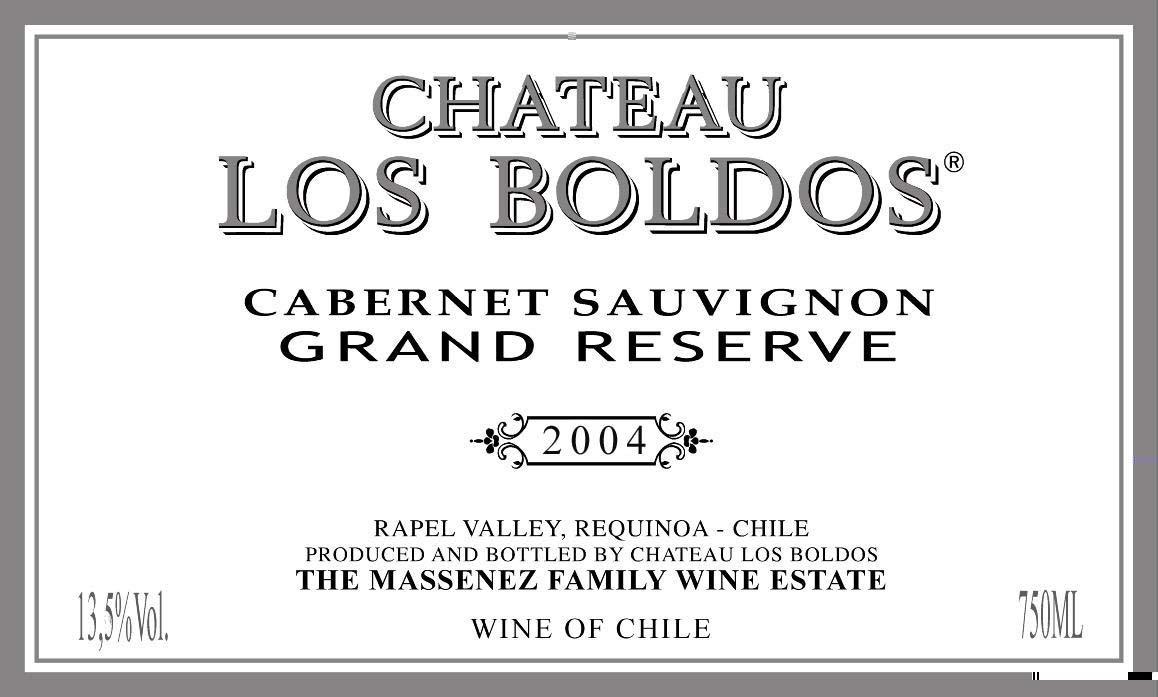2004 Rapel Valley Cabernet Sauvignon
Chateau Los Boldos Cabernet Sauvignon Grand Reserve from the 2004 vintage showcases the rich, deep red color characteristic of well-aged Cabernet Sauvignon. Hailing from the esteemed Rapel Valley, this wine presents a full-bodied experience with notable tannins that provide a structured backbone. The acidity is refreshing and bright, balancing the wine's fruit-forward profile, which is dominated by prominent blackcurrant and dark fruit notes. This wine is dry, allowing the complex layers of flavor to unfold beautifully with every sip, making it an excellent choice for pairing with grilled meats or rich sauces. Indulging in this Grand Reserve offers a delightful glimpse into the craftsmanship of Chilean winemaking, showcasing the potential of the Cabernet Sauvignon varietal in this renowned region.
Chateau Los Boldos Cabernet Sauvignon Grand Reserve from the 2004 vintage showcases the rich, deep red color characteristic of well-aged Cabernet Sauvignon. Hailing from the esteemed Rapel Valley, this wine presents a full-bodied experience with notable tannins that provide a structured backbone. The acidity is refreshing and bright, balancing the wine's fruit-forward profile, which is dominated by prominent blackcurrant and dark fruit notes. This wine is dry, allowing the complex layers of flavor to unfold beautifully with every sip, making it an excellent choice for pairing with grilled meats or rich sauces. Indulging in this Grand Reserve offers a delightful glimpse into the craftsmanship of Chilean winemaking, showcasing the potential of the Cabernet Sauvignon varietal in this renowned region.




